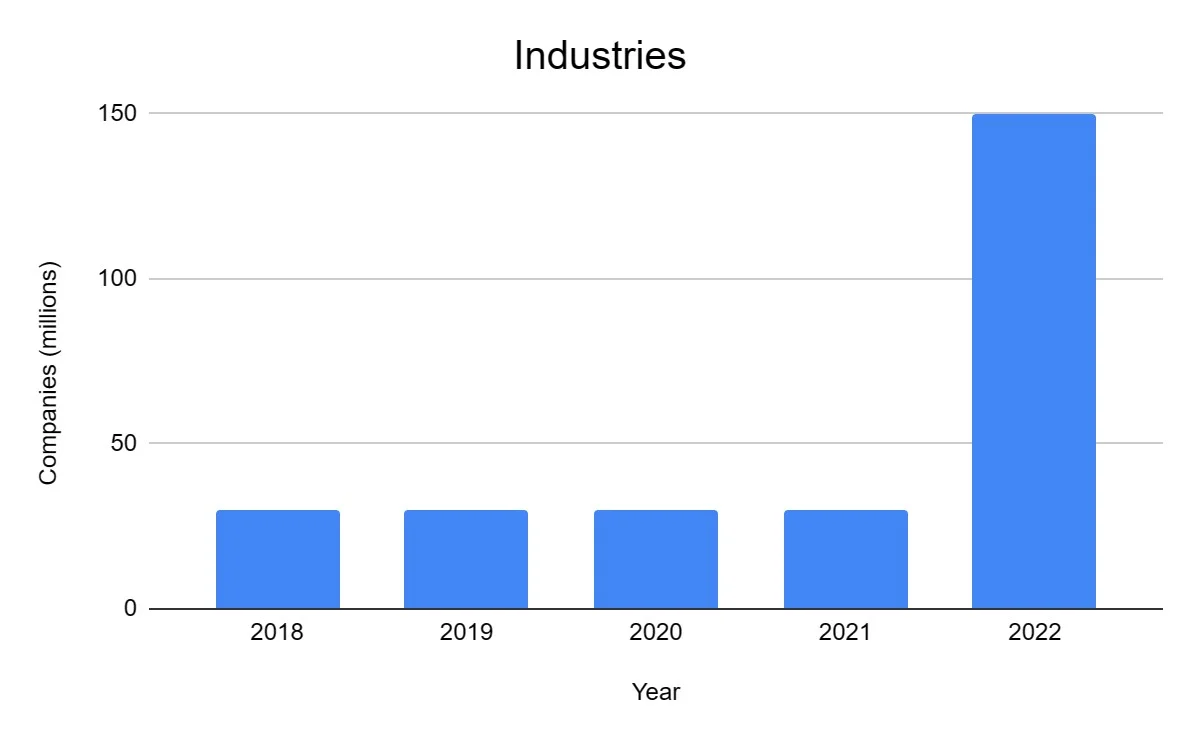Test cases are also documented and chronicled in a singular database to be reused and utilized in regression testing. The intent here is to provide greater visibility and data regarding test process and software quality. Testing Maturity https://www.globalcloudteam.com/ designates the extent to which the process is optimized and formalized to accept and incorporate changes. This ranges from ad-hoc practices, formally established stages, result metrics, and optimization efforts on each level.

But many businesses could benefit greatly from increased automation – even if only RPA – which is why it’s important for more business leaders to understand what’s possible. The others use device farms from cloud providers and many are using Applitools’ new Ultrafast Grid. A few said they no longer do it, citing flakiness and wasted time and effort, as well as a lack of browser diversity since many of the browsers, are using Chromium. Test libraries used by the companies researched Mobile was split evenly across Appium and the native tools Espresso for Android and Apple’s XCUITest for iOS. For web automation, Cypress had the most adoption with 60%.
Level 5 (Optimizing)
For this purpose, the processes are monitored and re-engineered continuously with the help of new technologies and tools. Another way to optimize the processes is by benchmarking other organizations and adding innovations to ensure continuous process improvement. The Testing Maturity Model was developed initially at the Illinois Institute of Technology in 1996.

This provides direction for planning monitoring and control, test design techniques with each project having control over test execution. At level 2 test environments are also in place for projects. Using a continuous deliverymaturity model can facilitate discussions on what you want to achieve with CI/CD and will help you map out a step-by-step approach to implementing the various elements. As you continue to build out the pipeline, your team will need to collaborate more closely with other functions and start taking more responsibility for delivering your software.
Continuous Test Automation Maturity Level 4: Continuous Feedback
As I go through the points of research, feel free to grade your team’s maturity in that respective area. By the end of the article, you’ll have your Test Automation Maturity Level. What is slightly new to the field, however, is the idea that knowing the maturity of your test automation capacity is well worth your while. That test automation is important to DevOps performance is not exactly breaking news. A not-for-profit organization, IEEE is the world’s largest technical professional organization dedicated to advancing technology for the benefit of humanity. Test escapes—production failures for which there is no defined test case are automatically reported and analyzed.
Implementation Receive end-to-end fulfillment of your Appian project. Try disabling them and check whether the application loads after that. A retail business has started saving over 12% on every project. An insurance service provider has saved £440,000 on a project of £2,000,000. Anecdotal evidence about the benefits of TMMi provided to a variety of service providers over the years. It helps in verifying the test cases and plans against requirements to achieve more accurate testing.
Continuous Test Automation Maturity Level 3: Continuous Flow
It allows a high flexibility level for projects but may increase the projects costs and time-to-market. Consider where they were in terms of customer service and online transactions a decade ago; any organization can go far with only manual operations, and that’s still an option. But today, the next level of automation is more accessible than ever before. Jouni Markkula is a Professor in Software Engineering and Vice Head of Empirical Software Engineering research unit M3S at the University of Oulu. His main research interests include empirical software engineering, research methods, knowledge management, decision making, data intensive service design and software engineering education.
– TMM enables testing integration in all phases of the software life cycle. The analysis of test processes ensures a good quality product. None of the teams are using a codeless record and playback approach – which is not really surprising considering their developers are writing the tests. What they discovered is what I already know – developers aren’t the best at this.
Types of test maturity models
If your answer is the latter, your organization engages in—and benefits from—enterprise-level thinking. This means that you manage workflows holistically as a unified enterprise, rather than through a siloed approach as individual departments or teams. Enterprise-level thinking is a cornerstone of modern automation projects, which rely on strong business process management. At this level, after the steps undertaken in the previous levels, testing has become a comprehensively defined process – result-oriented and highly productive in terms of cost benefits and effectiveness.
- 100% of Integration tests are automated, automated regression tests are integrated together with the code changes.
- Recently, TMM was replaced by Test Maturity Model Integration which is a five-level model to measure the testing process maturity.
- Once the current maturity has been measured, the TMM can also help decide targets to achieve when moving to higher maturity levels.
- Users can also opt for Cypress testing on 30+ versions of the latest browsers across Windows and macO.
- The analysis is conducted by dividing the processes into sub-processes, and quantitative techniques are applied to measure the performance.
- The model has a staged architecture for test process improvement.
The figure below—Continuous Test Engineering Blueprint shows how mature continuous test automation enables, as many relevant tests as possible to be executed as early as possible in the pipeline. State and Local Government Improve the citizen experience. Case Management Rapidly develop modern case management applications.
What factors determine test automation maturity?
Moving to Level 2 requires basic project management to be put into place. This includes defining and implementing rudimentary processes, standards, and methods – which have to be finalized, documented, and made apt for reusing. This level is called “Defined,” which is why it is all about creating rules and applying them. Measurement of activities and outcomes are thoroughly applied early in all projects to establish at each stage of development the projects are as defect free as possible. Advanced reviews are in use throughout all projects building on the review practices introduced at 3. Depending on your organization, your end goal may be to have changes deployable within a day .

Users can also opt for Cypress testing on 30+ versions of the latest browsers across Windows and macO. Use instant, hassle-free parallelization to get faster results without compromising on accuracy. No matter the test, it needs to be run on a real device cloud. Without real devices, there is no way to be sure that software is performing as it would in real user conditions such as a low battery, incoming calls, weak network strength, etc.
TMM Level 2 – Managed
His research interests contain empirical software engineering, software process improvement, Artificial intelligence , Internet of Things , and Virtual Reality. None of the teams are using a codeless record and playback approach — which is ci cd maturity model not surprising considering their developers are writing the tests. 80% of companies create reusable web design components and automated tests for those. What they discovered is what I already know — developers aren’t the best at this.